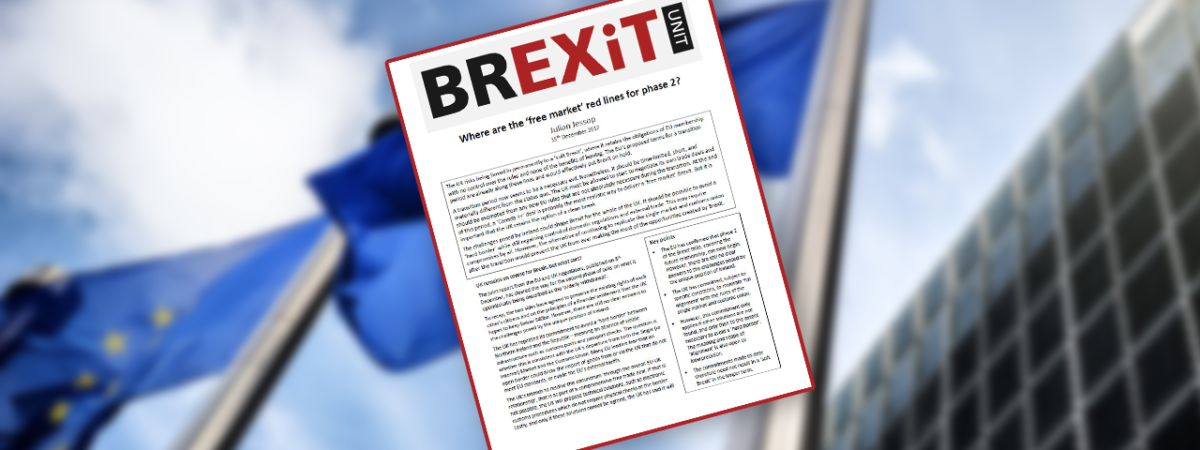SMPC votes to raise Bank Rate in December
SUGGESTED

It's time to let London black cabs set their own rules

IEA Brexit Unit responds to the news that the Brexit talks are moving to phase two

Most wanted the Monetary Policy Committee (MPC) to continue a process they felt it should have started years ago. They argued that reversing last year’s cut is not enough to tighten policy. Rates are still at emergency levels, and this situation is not justified by the current sub-2% pace of economic activity. One view is that slow UK growth is not a function of monetary policy but slow productivity gains and therefore cannot be tackled by low-interest rates. In fact, the low-interest rate environment of the last few years may have contributed to slow increases in productivity. Decisions on interest rates should be based on the mandate of the MPC to keep consumer price inflation low and stable around 2% a year in the medium term. Focussing on key indicators like bove-target inflation, fast growth in money supply and credit suggest that interest rates are currently too low.
Although the two dissenters agreed with the majority view with regards a bias to tighten, they wanted to see how the economy performs over the Christmas period and into the New Year before voting for a rise. They argue that money supply growth has been slowing since the spring of 2017 and that squeezed household income growth suggests that there is little inflation risk in the domestic economy. With that in mind, there is a high chance that the economy could slow further and that price inflation drops sharply towards the 2% target in early 2018.
Fullscreen Mode



